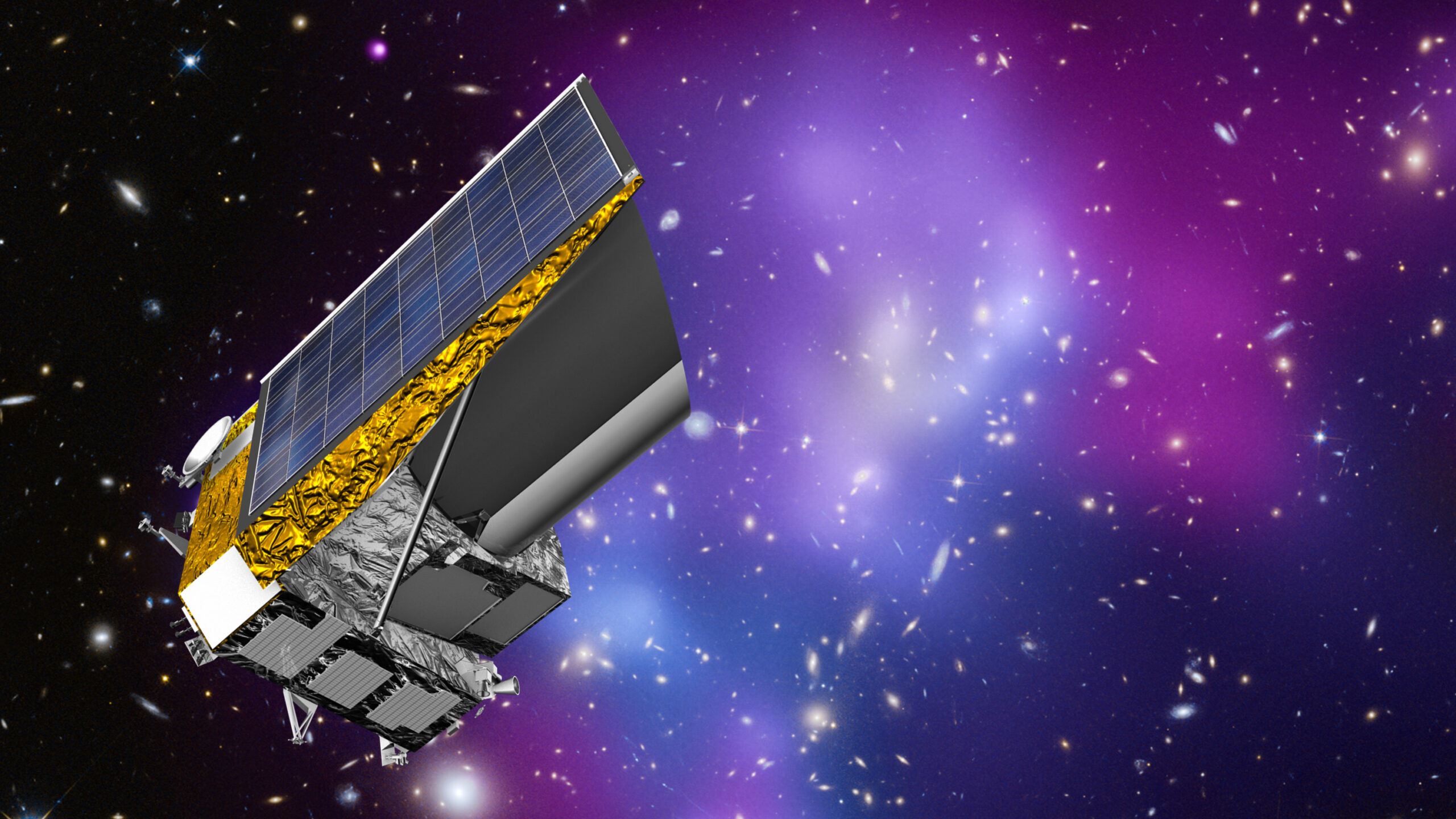The launch of Euclid, a breakthrough cosmology survey mission that will be jointly performed by the European Space Agency (ESA) and NASA in July 2023, is going to be one of the most momentous occasions in the history of space travel for humankind to witness. The ambitious goal of Euclid is to produce a detailed three-dimensional map of the universe, in the process revealing the mysteries of cosmic history, gaining an understanding of the expansion of the universe, and comprehending the complex process of how celestial structures are formed. This article dives into the fundamental aspects of the project, its technological wonders, as well as the significant implications it bears for humanity’s comprehension of the cosmos.
The Euclid Payload
A complex payload module is at the center of the Euclid project. This module features a telescope with a diameter of 1.2 meters, two scientific instruments that are at the cutting edge of technology, and a variety of satellite systems. With the help of these equipment, Euclid will be able to observe billions of galaxies, some of which are an astounding 10 billion light-years away. This remarkable reach into the universe will provide a window to the distant past, which will enable scientists to analyze the evolution of the Universe at its many stages.
Cosmic Cartography
A complex three-dimensional map of the universe is the core goal of Euclid, which aims to create this map. Euclid will provide astronomers with a glimpse of galaxies and stars across huge cosmic distances that has never been seen before. It will do this by recording photos of the sky in optical and near-infrared light. This vast amount of data will be compiled into an exhaustive archive, so establishing the framework for a more in-depth comprehension of the structure of the Universe, its progression through time, and the distribution of dark matter and dark energy.
The Quest for Dark Energy and Dark Matter
The examination into dark energy and dark matter that the Euclid expedition is conducting is one of the most fascinating elements of the mission. It is believed that the majority of the mass and energy in the universe is made up of these mysterious cosmic components, despite the fact that they cannot be seen and only have a limited understanding of them. The near-infrared spectroscopy that Euclid provides will play an essential part in illuminating the nature of these enigmatic creatures and may, in the process, solve the mysteries that have baffled scientists for decades.
Lagrange Point 2 (L2), the site of a celestial dance: the sun and the earth
The trip of Euclid will begin atop a SpaceX Falcon 9 launch vehicle, which will lift off from Cape Canaveral in the United States and soar high over the sky of Florida. Once it has reached space, the spacecraft will begin its journey to the Sun-Earth Lagrange Point 2 (L2), which is a stable region in space located between the Sun and the Earth at where the gravitational forces of both bodies are perfectly balanced. At this crucial location, the Euclid space telescope will join its illustrious companions, the Gaia and Webb space telescopes, to form a formidable triad of astronomical observatories.
A Triumph of International Collaboration
The success of Euclid as a mathematical system is a demonstration of the value of working together across national boundaries to advance scientific understanding. Euclid was the result of a collaborative effort between the European Space Agency (ESA) and the National Aeronautics and Space Administration (NASA), which began with the conception of two distinct mission ideas. Euclid reflects the spirit of unity in humanity’s search for a deeper understanding of the cosmos through its ability to combine cutting-edge technology with the experience of scientists from all over the world in a seamless manner.
Conclusion
As the Euclid spacecraft begins its monumental voyage, the mission itself promises to be a groundbreaking one that will revolutionize humankind’s understanding of the cosmos. Euclid will chart billions of galaxies and stars across incomprehensible distances from its vantage point at L2, which will allow it to do awe-inspiring work in the field of cosmic cartography. Euclid will surely leave an indelible mark on our understanding of the past, present, and future of the Universe if he is successful in solving the mysteries of dark energy and dark matter. This cooperative initiative stands as a bright example of the voracious thirst for knowledge, curiosity, and unrelenting yearning of the human spirit to explore the uncharted worlds of space. As Euclid continues his exploration of the cosmos, we anxiously anticipate the profound discoveries that will shed light on the unsolved riddles of our universe and reassess our position within it.
![]()
